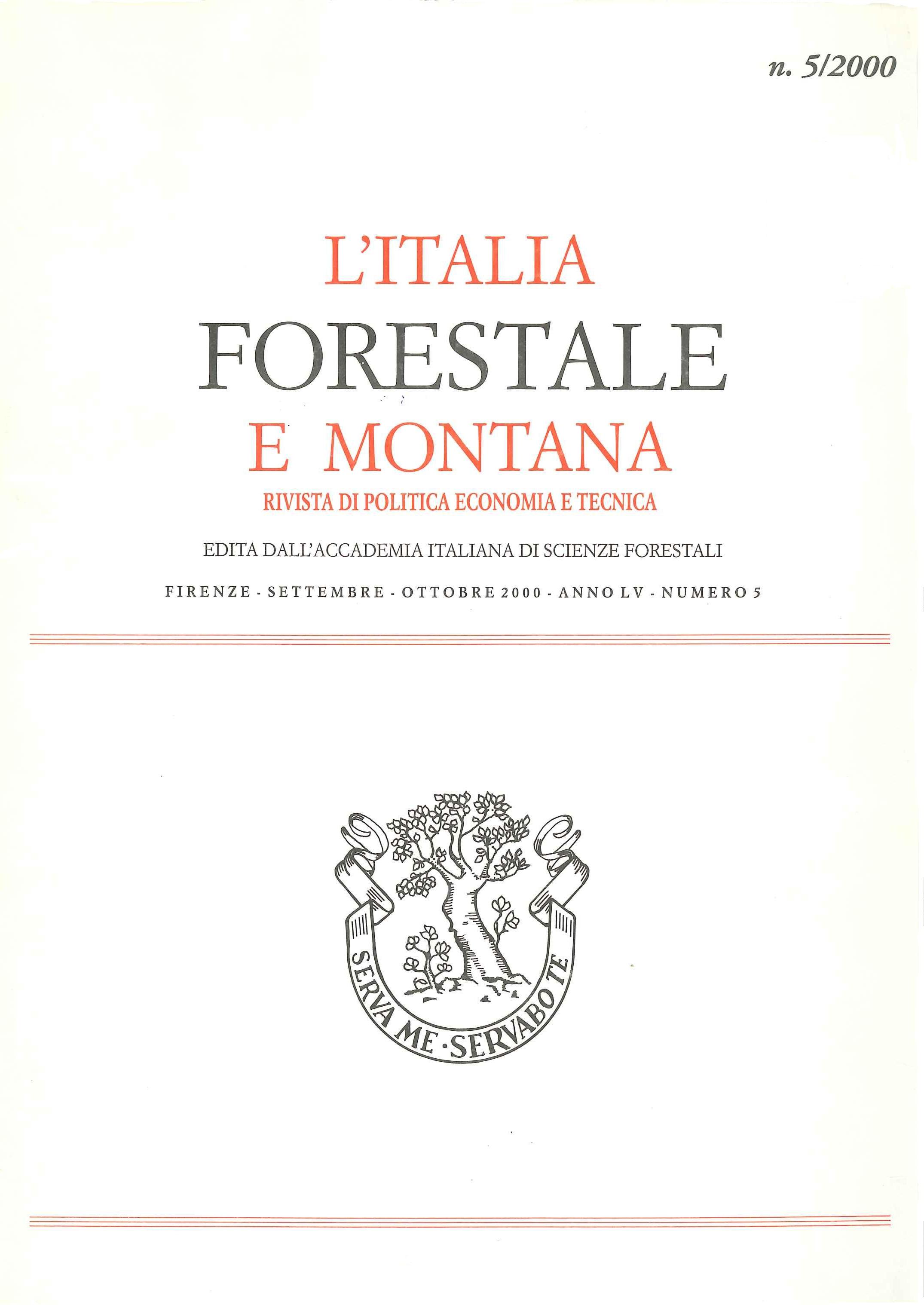Reciprocal influence between soil and forest species. The cases of silver fir and Corsican pine.
Published 2013-06-25
Copyright (c) 2013 Italian Journal of Forest and Mountain Environments

This work is licensed under a Creative Commons Attribution-NonCommercial 4.0 International License.
Abstract
This work consists of a number of observations gathered through the years concerning the soil requirements of silver fir (Abies alba Mill.) and Corsican pine (Pinus nigra Arn. ssp. laricio Maire), and the effects of these two forest species on pedogenesis. The requirements are quite different: the silver fir needs deep, well structured and moist soils while the Corsican pine succeeds in growing even on rock debris, poor in fine earth and with a scarce water holding capacity. In particular, silver fir suffers the presence of high-density horizons close to the soil surface, because these pans prevent the deepening of roots. This situation provides the plant with an insufficient anchorage to the soil to withstand the mechanical forces exerted by wind and heavy snow loads. Both species can have a negative impact on the soil near the trunk. In the case of fir, on sloping surfaces, the degradation is chiefly physical and consists of localised erosion while, in the case of pine, it is chemical and is due to the very acid solution arriving at the outlet of bark channels.

